…well that sold out quick.
Congrats if you got in. Good luck to all of those who are on the wait-list.
Pre-amble-ramble
I’ve been meaning to host an online ‘Field Manual for The Old Ghost Ultra’ for a while but then lock down happened, the world pretty much stopped and we cancelled the outside.
I won’t go as far to say this is that definitive field guide for The Old Ghost Ultra, however I’ll cover what I can without too much ramble.
What I would do if I were you – right now.
RUN.
Just run.
No need to complicate it.
Out the door, round the block.
Further if you can.
As often as possible.
“Building your fitness takes YEARS not months and it requires zero terrain specificity”
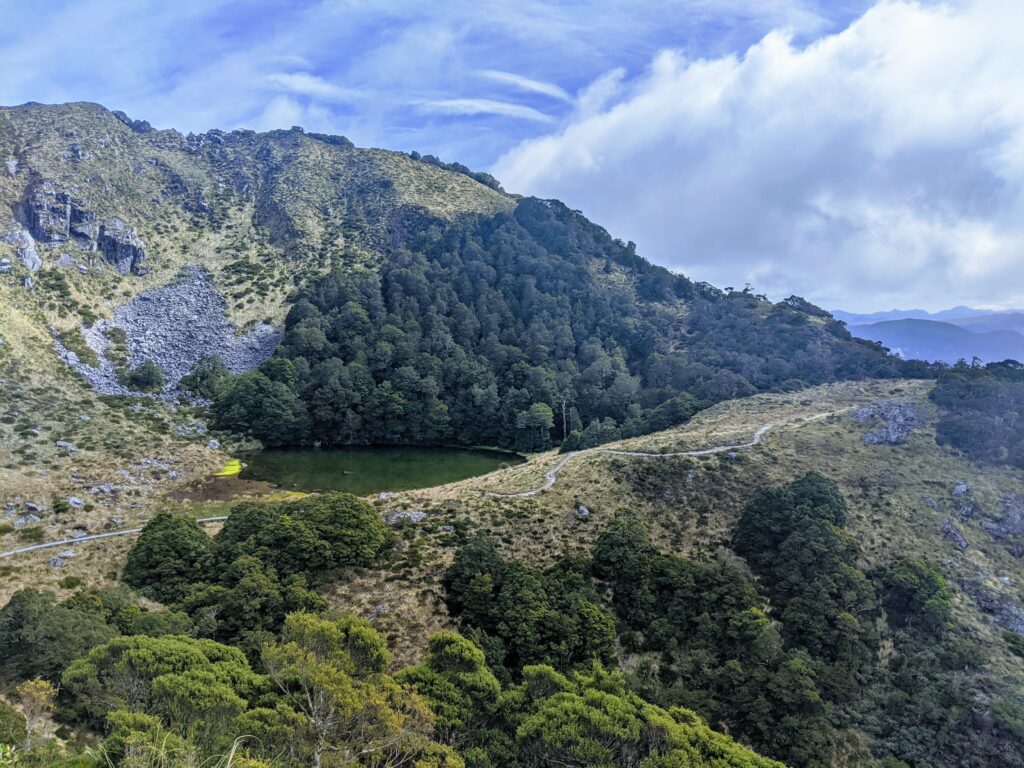
Internal changes like heart strength, stroke volume, muscle capillary mapping, artery and vein growth etc all take TIME.
Just time.
Time doesn’t care what shoes you’re wearing and what surface you’re running on.
Cardiovascular development is generally applicable through any easy aerobic stimulus (above about 60%maxHR) which basically means your heart doesn’t care if you’re jogging, swimming or even sitting down exercising on a bike. It’s all beats baby!
Just run. You can focus on terrain specificity like hills and trail later in your Old Ghost Ultra development.
Easy Stuff EASY
Almost all of your running should be at an Easy Conversation Pace of about 40-60% effort. The sort of effort you feel like you could do for in excess of an hour on just about any given day.
Jogging if you can.
Hiking if you want
Walking if you must.
At this stage, lots of middle-speeds are mostly pointless.
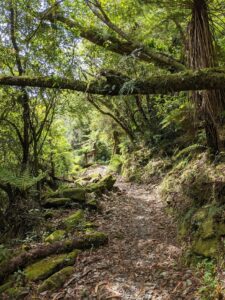
Kiwisaver
Start training early and think of each run you do now as a term deposit in a retirement saving scheme.
$5 now will accumulate much more than $5 when you turn 65 because of the compounding action of accumulated interest.
Better still, the training you do towards The Old Ghost Ultra 2021 is yours forever and while much of it will be realised in Feb, all of it will go onwards into your future running and racing.
I can’t stress this enough, if you have an entry and you’re a relatively new or inexperienced runner, just get out and jog easy most days.
That is all your training programme need look like for now.
But start NOW.
3 Steps to building fitness as quickly as possible
You may not love stress but your body does.
A change in stimulus promotes adaptation.
Optimal amount of stress and adaptation is cyclical at about 24-48hrs due to the inflammatory response to muscle damage. What this means is your body will adapt quickest if you expose it to small bouts of stress as often as possible.
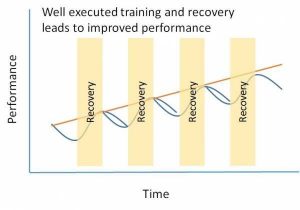
Run ALMOST EVERY DAY if you can.
The FIRST objective is to maximise your training frequency.
Get into the habit of running most days in a week. If you can’t run 5 or 6 times a week due to fatigue or pain, chances are you’re running too far.
For those newer to the sport, 3-5km runs 5 or 6 times a week is an excellent start.
When it comes to overload stress from running, frequent small bouts is WAY better than less-frequent big bouts.
Avoid the trap of becoming a ‘weekend warrior’ and cramming the bulk of your training into a thin wedge of the week.
The SECOND objective once you’ve maximised training frequency is to gradually increase training volume (distance/time).
Look to add a km or so to each run until you’re at about as much running as you can sustain, or the amount of time you’re willing to throw at this recreational pastime.
Aim to establish a repeatable week with a consistently repeatable training frequency and training volume.
1) Run as often as you can.
2) Run as much as you are capable or willing to do.
It doesn’t need to be fancy reps and structure, it just needs to be engaging and interesting enough to keep you consistently doing it for as long as possible.
Once you’ve met your personal objectives for training frequency and training volume your THIRD objective is to introduce some overload stress through training intensity.
Once, twice or three times a week look to increase the speed of a run to 80 or 90% effort. You should finish the run grateful it ended and for the remainder of the day have a nice glow in your downstairs.
Runs with efforts in excess of ‘easy conversation pace’ are referred to as ‘sessions’ and your long run can be a session if you want (finish fast if you’re feeling fresh)
There are MANY ways you can build theses sessions but initially just gradually increase the speed/effort of a run to ‘finish fast’. We call this a ‘progression run’ and they are the bread and butter of an athlete doing ‘speed work’ in an unstructured way. You can do them on the road or on the trails and they’re versatile enough to be applied when you feel you have the capacity or freshness to do so.
We can get into the skunk-works of reps and intervals another time but trust me when I tell you that a little high-speed overload stress will make the greatest difference to your running when you’re ready to do it.
Training to run FAST is important.
Even for ultra distance athletes.
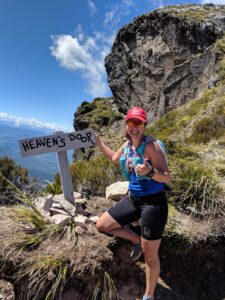
The number one cause of injury is doing too much too soon!
Listen to your body by adjusting training load based on how you FEEL.
Get to know what too much training is and dial it back a bit.
Sail the ship as hard with wind as possible but be cognitive that doing so increases the likelihood of breaking the boat.
If you’re not willing to put the sails up you wont go nearly as fast.
If you listen carefully, your body is the ultimate guide as to what loading you can apply each day. Your body is a far better guide than ANY piece of complicated equipment or online stress measure. Learn to listen.
If you climb out of bed feeling battered – get out of the way and let time heal you. Instead of calling it a rest day, call it an adaptation day. If the plan says run but the legs say “noooooo!” it’s time to ignore your coach and nap (unless your coach tells you to nap, then it turns out your coach was right all the time – he/she usually is)
Optimise your sleep.
If you’re training well it will only work to compromise your potential for adaptation when you fail to prioritise the importance of sleep.
Train hard but sleep harder.
Structure your training
There’s some benefit in a little shape to your training so I’ll touch on it briefly.
Build your week so that one run constitutes about 30% of your total weekly volume.
e.g. if you are running as often as you can for a total of 60km/w, make a long run of about 20km once a week.
Include a second run that is about two-thirds of that ‘long run’.
e.g. if that long run is about 20km, a mid-week long run of about 12km will be complementary in a sustainable load kind of a way.
The important runs like your long run and harder sessions should be treated with respect and I encourage you arrive at them with fresh legs ready to do your best.
Super Sunday!
Once every 6-8 weeks consider doing a CONDITIONING exercise that is something like 150% of your long run.
For The Old Ghost Ultra, I would also put a cap on it so it is also never more than about 50km (for those that are up to that sort of distance), or more than about 6hrs (which ever comes first).
e.g. if you’re weekly long run is about 20km, consider a super sunday something around the 30km mark.
Possibly a little longer but remember the focus is conditioning not fitness
The diminishing returns for running ‘too long’ means the juice isn’t worth the squeeze.
A really long run impacts your ability to recover and do justice to the forthcoming week/s of training.
The worlds best marathoners don’t run a marathon every weekend.
Consider these ‘Super Sundays’ occasional outings for mental and physical conditioning and let them be an opportunity to test your equipment, nutrition and hydration.
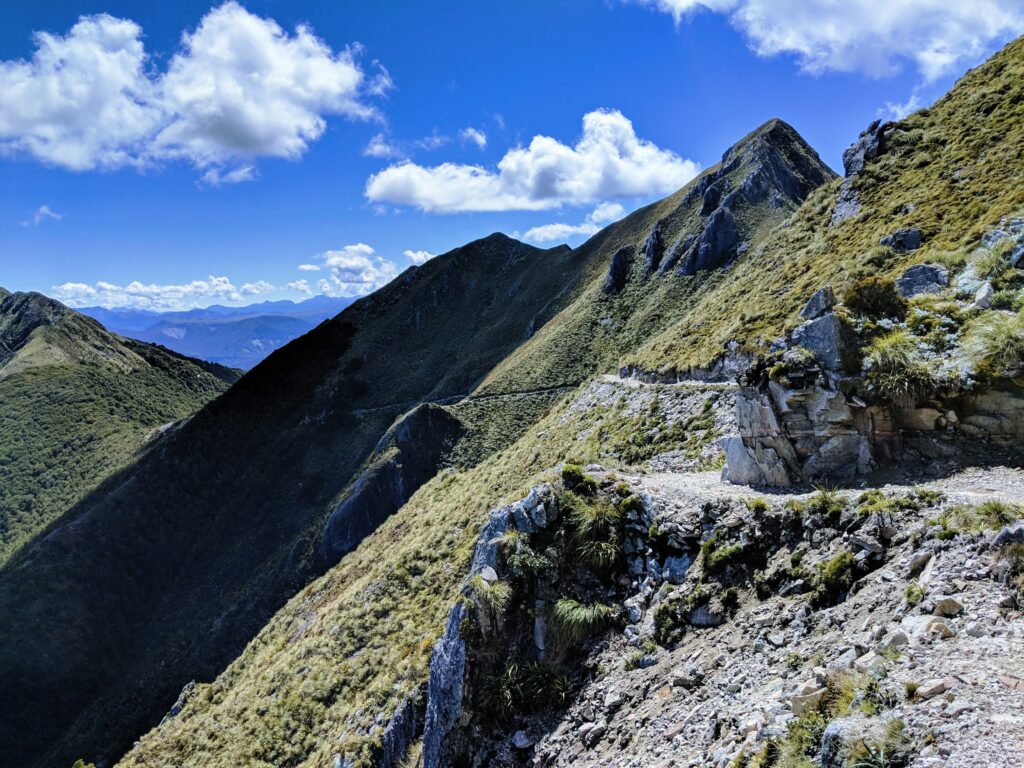
How far do I need to be running to train for The Old Ghost Ultra?
There isn’t a training distance objective that is a factor of the race itself, rather it is established by what the athlete is capable of.
We can’t say in a blanket statement that everyone needs to be able to run 40km every weekend because it just isn’t that simple.
What your maximum training distance is is entirely a factor of where you are NOW and what you can build to with the time available to you.
Build the second floor upon the first. The third upon the second and the fourth upon the third. For every individual progression is personal and different. We’re not setting out to build a 70 story building assuming everyone is capable of reaching that high. Build the building that is right for you given how much time and energy you can throw at it and what you can absorb without injury.
Old Ghost cut-offs
Let me start by saying that in the entire history of The Old Ghost Ultra something like 98% of people have made it from the start line to the finish line. Partially because people appreciate that this one isn’t a walk-fest and it requires a certain amount of fitness to see it through. The calibre of athlete entered is generally pretty high.
Some walking is fine. Just walking is not.
My very rough numbers on this is that athletes should be ‘fit enough’ to run 5km in under 28 minutes. Yes, I know you can’t really compare an 80km ultra to a 5km time but the aerobic capacity requirements have some validity in estimating your likelihood of making it.
If you’re well under 28min you should be okay with the right training. If you’re currently not capable of running 28min you should really do what you can do with the 6 months available to you so that you are in the best place to take on Old Ghost and the cut-offs.
Riding cut-offs is NOT a smart race plan however understanding the average pace requirements to meet the first two will be a useful guide for those concerned about making them.
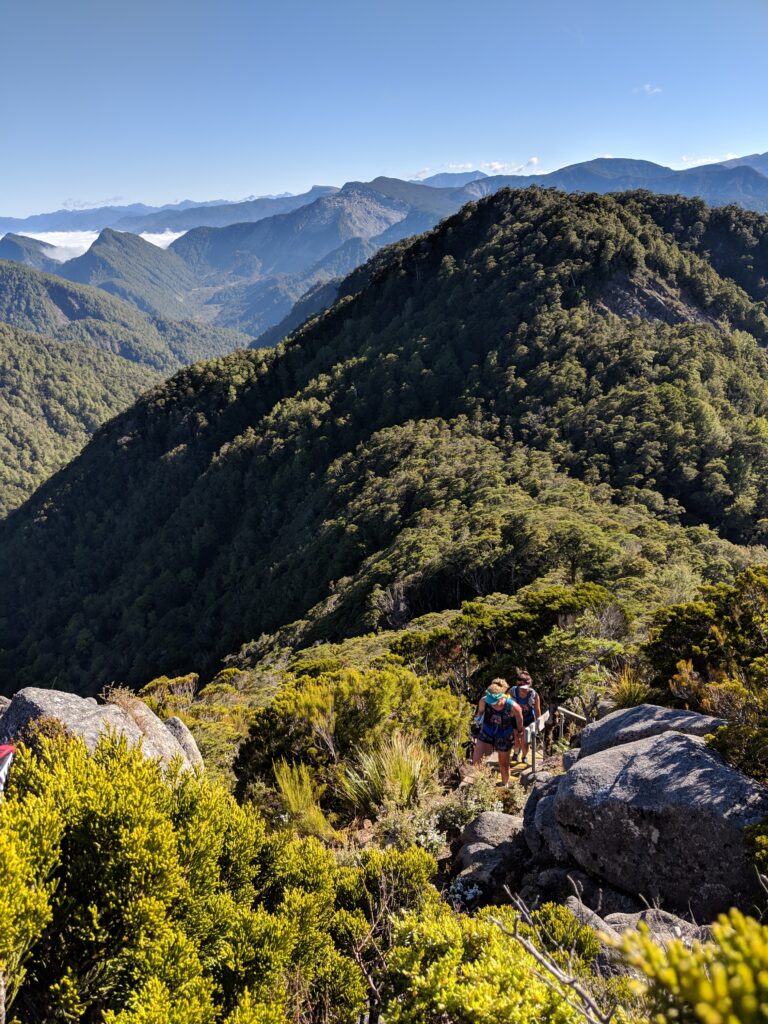
Seek help if you need it
Obviously SQUADRUN would love to help you with your Old Ghost Ultra campaign, or any other running objective you see but we have no interest in telling you that you must use our services. Try us if you want. Get a 50% discounted 4-week trial from the Old Ghost Ultra website (via Eventplus once logged in). Ask around various online communities of seek the advice of those that have done the event previously. Information is king and there is no referral like that from a trustworthy source (I’m trustworthy and I’d rate me).
Whatever path you choose, we hope you are going to run, build fitness, avoid injury, nail recovery, train hard sleep harder, structure your training, and get faster so that you are ready to take on the event and trail that we all treasure, the Old Ghost Road.
If you enjoyed this read and would like to know more about training, running and more, feel free to contact us at [email protected]
